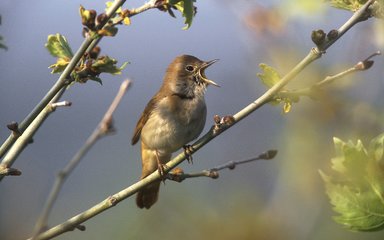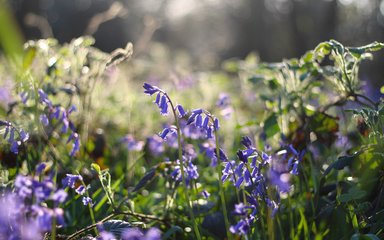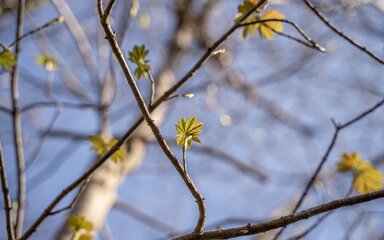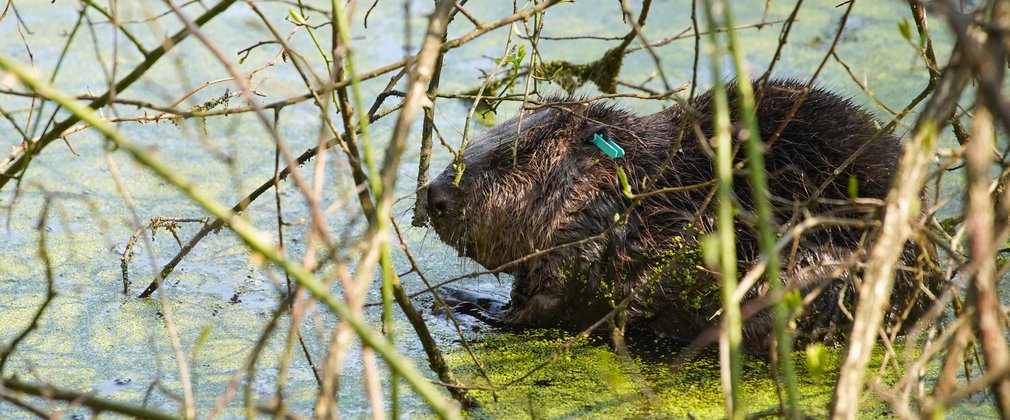
We caught up with Andrew Stringer, Forestry England's Head of Environment & Forest Planning, to discuss some exciting reintroductions to the nation’s forests and explain how we return missing species to our landscapes.
Our wildlife is facing an uphill battle. Many of England’s species are in decline and some are at immediate risk of extinction. Each and every species lost has an impact; they all have a role to play in our environment.
In the face of a global climate and ecological crisis, the job of looking after the nation’s forests has never been so important. Our staff and volunteers do extraordinary conservation work every day to support the array of species that already live within our forests. However, we do more than simply conserve what is left.
We’re committed to supporting wildlife in our woodlands and encouraging it to flourish. Reintroducing lost species is a key part of this. By returning creatures from where they’ve been lost, we’re supporting nature’s recovery. Andrew Stringer explains:
Restoring these missing pieces of an ecosystem is not only valuable for the conservation of the species themselves, but also for the impacts they can have on other wildlife. For instance, predators have an essential role in naturally balancing prey populations, so that single species don’t dominate a forest. It’s because we manage the nation’s forests well, because of the superb and extensive habitats they hold, that Forestry England sites are often identified as release sites.
Returning a species should be carefully considered and planned. Andrew continues:
Any project needs to fundamentally understand why a species was lost in the first place, and show that the benefits of a reintroduction will clearly outweigh the potential risks. Often reintroductions come down to three key considerations. For the best chance of success there needs to be:
- Enough good habitat for a viable population to survive over the long term
- A good understanding and evidence of the impacts on other wildlife
- Clear support and engagement from local communities
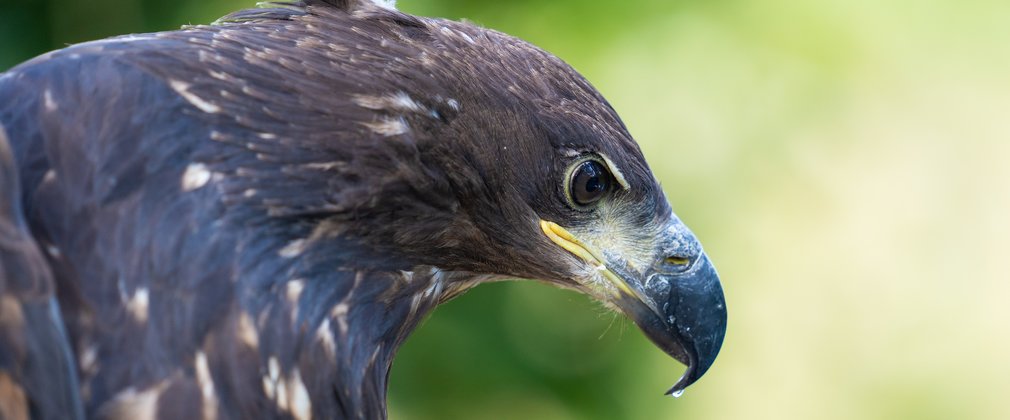
2019 was an exciting year for wildlife in the nation’s forests. Working with Roy Dennis Wildlife Foundation, we reintroduced white-tailed eagles on the Isle of Wight as part of a five year project. It’s the first time the birds have graced the skies of southern England for 240 years. Since then two further successful releases have taken place.
We also released eighteen pine martens in the Forest of Dean that year, with Vincent Wildlife Trust and Gloucestershire Wildlife Trust. Previously they were considered functionally extinct in England. Both the eagles and martens will be monitored and more individuals released over the next few years to allow populations to establish in those regions.
In 2021 we continued the largest water vole reintroduction ever attempted in Northumberland. Working with Northumberland Wildlife Trust, we released more water voles onto the banks of Kielder’s watercourses taking the total to over 2,000 voles since the project began in 2017. Before then, ‘Ratty’ hadn’t been seen in Kielder for over 30 years.
Andrew reflects:
It’s wonderful to see all these animals back where they belong and playing essential roles in their ecosystems.
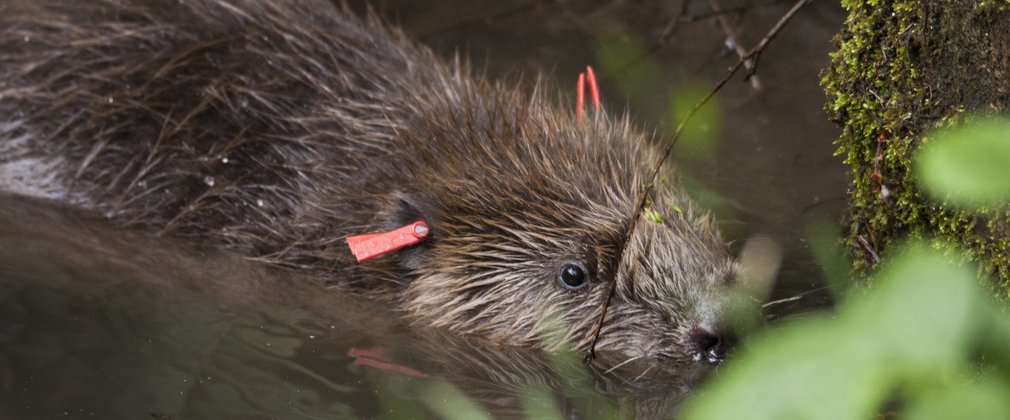
In 2018 we introduced a pair of Eurasian beavers in an enclosed trial at Greathough Brook in the Forest of Dean, after a 400-year absence. The following year, with support from Forest Holidays, we released another two beavers in an enclosure at Cropton Forest, North Yorkshire. Two kits were born to the pair that summer, with further kits born each year there after.
Beavers are important ecosystem engineers. Their dams increase water storage in the surrounding area, slowing the flow of water and potentially reducing the impact of flooding downstream. Andrew explains:
Beavers have hugely beneficial impacts on wildlife too. They improve water quality by filtering sediments and pollutants, and naturally coppice trees along streams and rivers, increasing levels of light and deadwood. All this provides habitats for other species to thrive in the area, boosting waterside plants, insect numbers and amphibian populations. When we return a single species, we’re helping to restore the entire ecosystem.

It’s not all about cute and furry mammals or impressive birds of prey. From bees to beetles, worms to woodlice and spiders to butterflies, England's smallest animals are a crucial part of the forest ecosystem. Andrew continues:
Potentially our most exciting project, to an ecology geek like me, is the reintroduction of the chequered skipper butterfly to Rockingham forest. The butterfly had been extinct in England since 1976. By creating habitat and adapting woodland management, working with Butterfly Conservation, we were able to ensure this species was successfully reintroduced into the forest.
Further chequered skipper releases have followed, alongside monitoring the establishing population of butterflies as part of the Back from the Brink project.
White-faced darter has been another insect success story. The charming, pale face of this small dragonfly gives it its name. One of the rarest dragonflies in the UK, the white-faced darter is located in shallow peaty pools. As part of bog restoration in Delamere Forest, we worked with Cheshire Wildlife Trust to successfully reintroduce this locally extinct dragonfly to the forest. It was only the third time that any dragonflies have been the focus of a reintroduction scheme anywhere in Britain.
"What could be better than to re-establish a species in a place where human activity caused it to go extinct?"
Reintroductions are not easy. Even the best planned projects have failed in the past. Andrew explains:
Sadly, we have to expect to lose animals. In the case of white-tailed eagles, survival rates from similar schemes in Ireland were 75% for their first year and in Scotland 37% of birds reached their breeding age of five years old. Adult survival rates for pine martens range from 49% to 88% per year. But these reintroduction projects are for the long-term and, crucially, the focus is on establishing a robust population over time. This is how we judge success.
Monitoring reintroduced animals is essential to this. The survival rates of the released animals, the impacts they’re having on their environment and other species, and how local communities are reacting are all things that are recorded. Andrew continues:
While reintroductions may be difficult, they’re fundamentally worth doing. It is all part of pioneering action for conservation that is key in halting and reversing the decline in our wildlife. What could be better than to re-establish a species in a place where human activity caused it to go extinct?
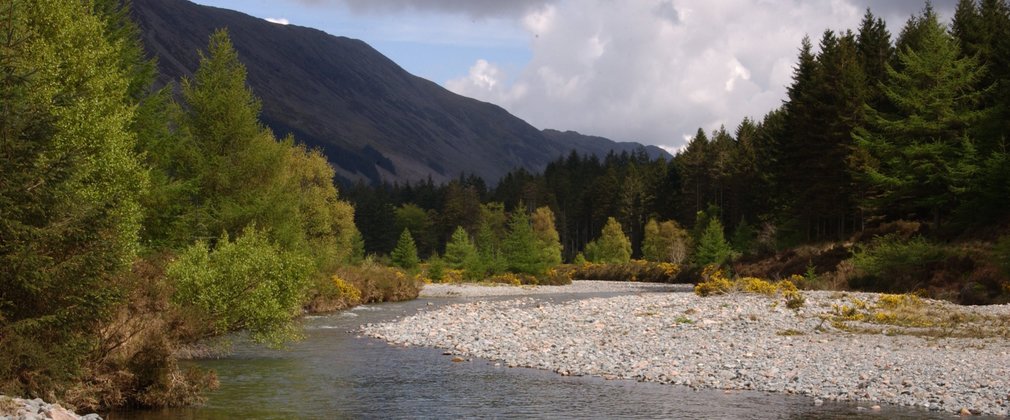
Nature recovery is not all about exciting reintroductions and releases.
We make sure our forests continue to provide diverse habitats for wildlife. This includes creating the right combination of wooded and open areas, continuing to restore wetlands, ensuring watercourses are clean, and safeguarding veteran trees and deadwood habitat. Our forest plans are essential for this, providing us with long-term visions for our forests and detailing what’s needed for nature in a particular area.
The climate crisis and new invasive species also pose huge challenges to our trees. We are breeding native trees tolerant to disease and planting diverse species. Today, a fifth of the trees we plant are new, alternative species. They include different types of redwood, tulip tree, cedar and maple. Andrew concludes:
We have big ambitions to grow the size of the nation’s forest and continue to join up woodlands across the landscape. We are making sure our forests, and the wildlife that depends on them, have the best chance in the future.
We will be following the progress of these wildlife reintroduction projects and continue to work with partners and other landowners. Together, we can create more wildlife-rich forests for generations to come.

